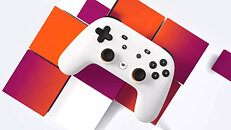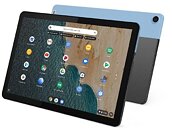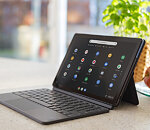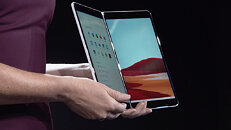Following the peak period of production in 3Q21, the supply of DRAM will likely begin to outpace demand in 4Q21, according to TrendForce's latest investigations (the surplus of DRAM supply is henceforth referred to as "sufficiency ratio", expressed as a percentage). In addition, while DRAM suppliers are generally carrying a healthy level of inventory, most of their clients in the end-product markets are carrying a higher level of DRAM inventory than what is considered healthy, meaning these clients will be less willing to procure additional DRAM going forward. TrendForce therefore forecasts a downward trajectory for DRAM ASP in 4Q21. More specifically, DRAM products that are currently in oversupply may experience price drops of more than 5% QoQ, and the overall DRAM ASP will likely decline by about 3-8% QoQ in 4Q21.
Although WFH and distance learning applications previously generated high demand for notebook computers, increasingly widespread vaccinations in Europe and North America have now weakened this demand, particularly for Chromebooks. As a result, global production of notebooks is expected to decline in 4Q21, in turn propelling the sufficiency ratio of PC DRAM to 1.38%, which indicates that PC DRAM will no longer be in short supply in 4Q21. However, PC DRAM accounts for a relatively low share of DRAM manufacturers' DRAM supply bits, since these suppliers have allocated more production capacities to server DRAM, which is in relatively high demand. Hence, there will unlikely be a severe surplus of PC DRAM in 4Q21. It should also be pointed out that, on average, the current spot prices of PC DRAM modules are far lower than their contract prices for 3Q21. TrendForce therefore expects an imminent 5-10% QoQ decline in PC DRAM contract prices for 4Q21, with potential for declines that are even greater than 10% for certain transactions, as PC OEMs anticipate further price drops in PC DRAM prices in the future.














































